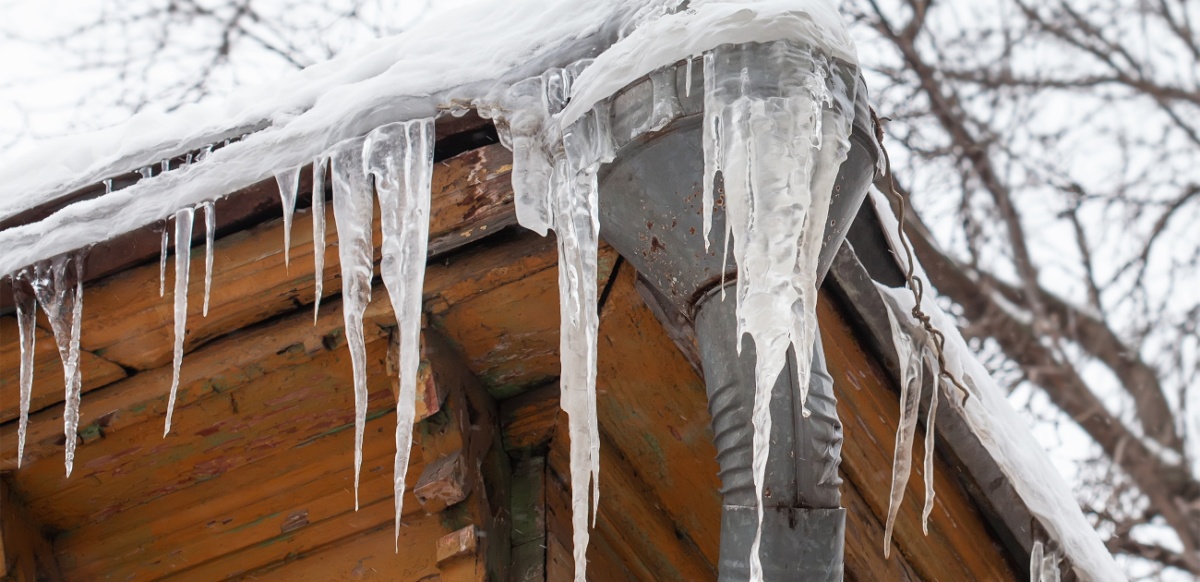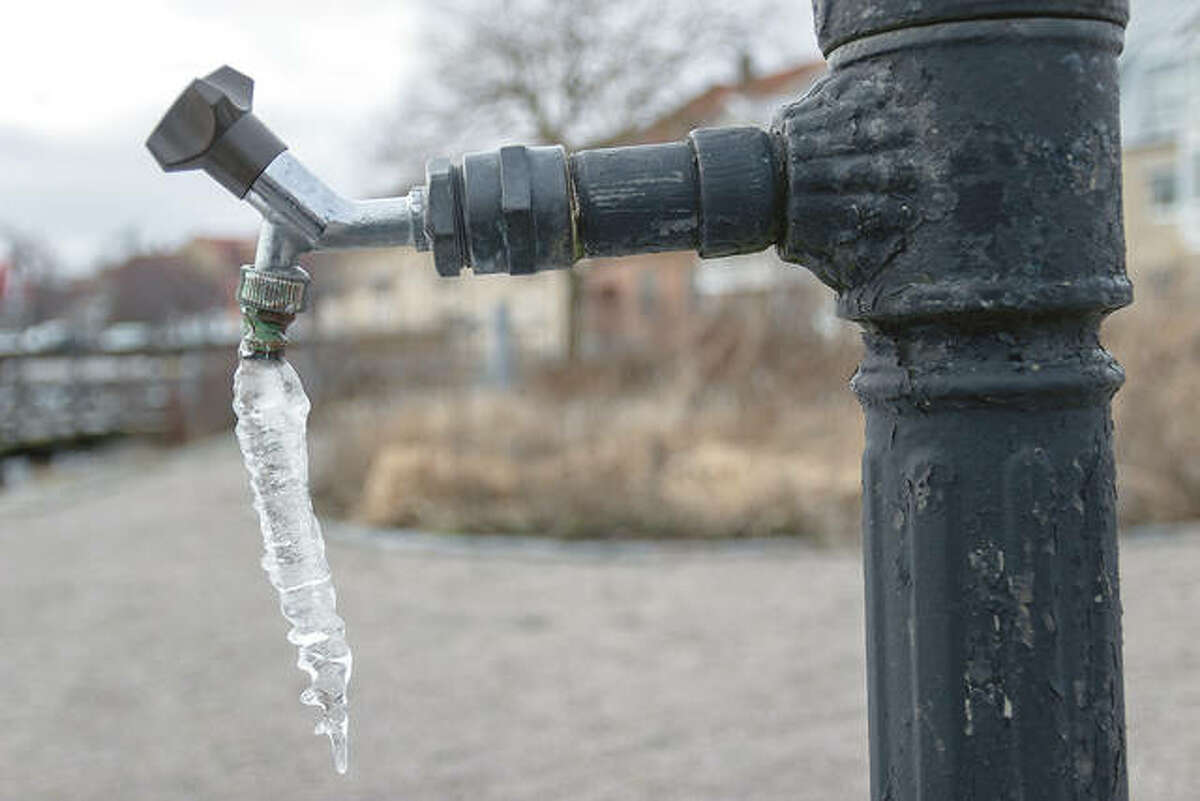Avoiding Frozen Plumbing in Winter: Critical Tips
Avoiding Frozen Plumbing in Winter: Critical Tips
Blog Article
The author is making several good observations on the subject of 6 Ways to Prevent Frozen Pipes as a whole in the article in the next paragraphs.

Cold weather can damage your plumbing, specifically by freezing pipes. Here's just how to avoid it from taking place and what to do if it does.
Introduction
As temperatures decline, the risk of frozen pipelines rises, potentially causing expensive repair services and water damage. Recognizing exactly how to avoid frozen pipelines is vital for property owners in chilly environments.
Prevention Tips
Shielding vulnerable pipelines
Cover pipelines in insulation sleeves or make use of heat tape to protect them from freezing temperatures. Concentrate on pipelines in unheated or exterior areas of the home.
Heating methods
Keep indoor spaces adequately heated up, particularly locations with plumbing. Open up closet doors to permit warm air to flow around pipelines under sinks.
Exactly how to recognize icy pipelines
Seek lowered water flow from faucets, unusual odors or noises from pipes, and noticeable frost on exposed pipes.
Long-Term Solutions
Architectural changes
Think about rerouting pipelines away from outside walls or unheated areas. Include additional insulation to attic rooms, basements, and crawl spaces.
Upgrading insulation
Purchase high-quality insulation for pipelines, attics, and wall surfaces. Proper insulation assists maintain constant temperature levels and minimizes the threat of frozen pipes.
Shielding Exterior Plumbing
Garden pipes and exterior faucets
Disconnect and drain garden hose pipes before winter season. Set up frost-proof spigots or cover outdoor faucets with insulated caps.
Comprehending Frozen Pipes
What causes pipes to freeze?
Pipes freeze when exposed to temperature levels below 32 ° F (0 ° C) for extended periods. As water inside the pipelines ices up, it expands, taxing the pipeline wall surfaces and possibly triggering them to break.
Dangers and problems
Icy pipelines can lead to supply of water interruptions, property damages, and expensive repairs. Ruptured pipelines can flood homes and create considerable structural damages.
Signs of Frozen Water Lines
Identifying frozen pipelines early can stop them from rupturing.
What to Do If Your Pipes Freeze
Immediate actions to take
If you suspect frozen pipelines, keep faucets open up to eliminate pressure as the ice melts. Utilize a hairdryer or towels taken in warm water to thaw pipes slowly.
Conclusion
Avoiding frozen pipelines needs proactive measures and fast actions. By understanding the causes, signs, and preventive measures, homeowners can protect their plumbing throughout winter.
5 Ways to Prevent Frozen Pipes
Drain Outdoor Faucets and Disconnect Hoses
First, close the shut-off valve that controls the flow of water in the pipe to your outdoor faucet. Then, head outside to disconnect and drain your hose and open the outdoor faucet to allow the water to completely drain out of the line. Turn off the faucet when done. Finally, head back to the shut-off valve and drain the remaining water inside the pipe into a bucket or container. Additionally, if you have a home irrigation system, you should consider hiring an expert to clear the system of water each year.
Insulate Pipes
One of the best and most cost-effective methods for preventing frozen water pipes is to wrap your pipes with insulation. This is especially important for areas in your home that aren’t exposed to heat, such as an attic. We suggest using foam sleeves, which can typically be found at your local hardware store.
Keep Heat Running at 65
Your pipes are located inside your walls, and the temperature there is much colder than the rest of the house. To prevent your pipes from freezing, The Insurance Information Institute suggests that you keep your home heated to at least 65 degrees, even when traveling. You may want to invest in smart devices that can keep an eye on the temperature in your home while you’re away.
Leave Water Dripping
Moving water — even a small trickle — can prevent ice from forming inside your pipes. When freezing temps are imminent, start a drip of water from all faucets that serve exposed pipes. Leaving a few faucets running will also help relieve pressure inside the pipes and help prevent a rupture if the water inside freezes.
Open Cupboard Doors
Warm your kitchen and bathroom pipes by opening cupboards and vanities. You should also leave your interior doors ajar to help warm air circulate evenly throughout your home.

We were shown that report on 6 Ways to Prevent Frozen Pipes through a friend on our other web address. Sharing is caring. Helping people is fun. We recognize the value of your readership.
Book Now! Report this page